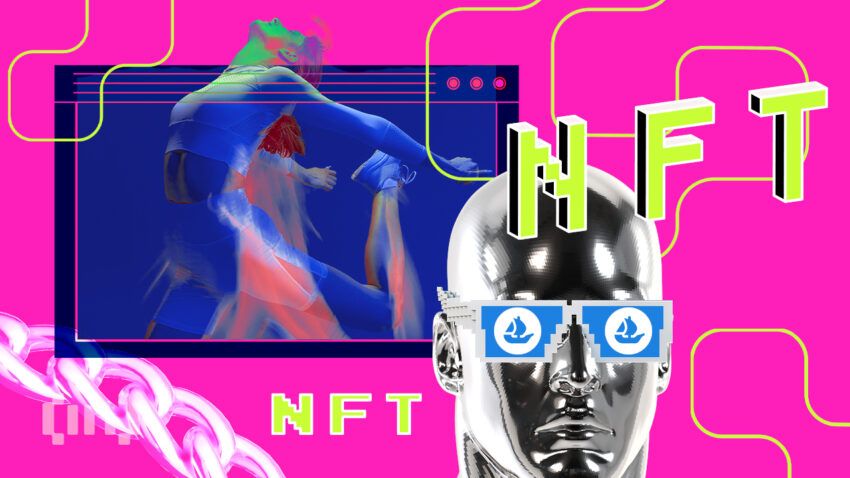Having lost its title as the world’s most popular NFT marketplace to Blur in February, Opensea has launched a major counteroffensive.
The week started off with the launch of Opensea Pro. A marketplace aggregator that builds on Gem v2, which OpenSea has operated since it acquired Gem back in April 2022.
When using the relaunched aggregator, users are able to browse listings from over 170 NFT marketplaces, including OpenSea. It also equips them with aggregated cross-market data and a suite of tools. Designed to help collectors and traders optimize how they buy and sell NFTs.
Significantly for OpenSea, the recent relaunch appears to have been well received by the community. Two key metrics of platform use — daily active users and new wallets created — spiked significantly throughout the week.

From a 54.8% share of all NFT aggregator users on Monday, by Saturday, Blur’s share had declined to 27.%. Meanwhile, OpenSea Pro saw its daily user base surge from 18% to 57% of aggregator users in the same time period.

NFT Rewards Entice Users
To celebrate the launch of OpenSea Pro, the company announced a new ‘Gemesis’ NFT drop. The Drop is a way to reward Gem’s early adopters. Anyone who bought an NFT on Gem before March or the end of March is able to claim a free Gemesis NFT between April 4 and May 4.
In addition to the Gemesis NFTs, OpenSea hinted at further freebies with a mention of “community rewards.” This got the internet rumor mill turning, with many online speculating that the company could airdrop NFTs into user’s wallets, a promotional tactic that Blur has previously deployed with its “Care Packages.”
In its first season of three airdrops, Blur rewarded users based on their listing and bidding activity on the platform.
The distribution model works via a points system that builds liquidity by rewarding users. In essence, each order is given a score that rewards users who make higher bids and set lower asking prices. Rather than holding on to NFTs and always bidding low, users are thus incentivized to fill Blur’s liquidity pool order books, creating a more streamlined exchange mechanism.
In fact, the digital asset research platform Delphi Digital has called Blur’s airdrops “the biggest reason for Blur’s rise in market share, apart from low fees and fancy tools.”
Disclaimer
In adherence to the Trust Project guidelines, BeInCrypto is committed to unbiased, transparent reporting. This news article aims to provide accurate, timely information. However, readers are advised to verify facts independently and consult with a professional before making any decisions based on this content. Please note that our Terms and Conditions, Privacy Policy, and Disclaimers have been updated.


